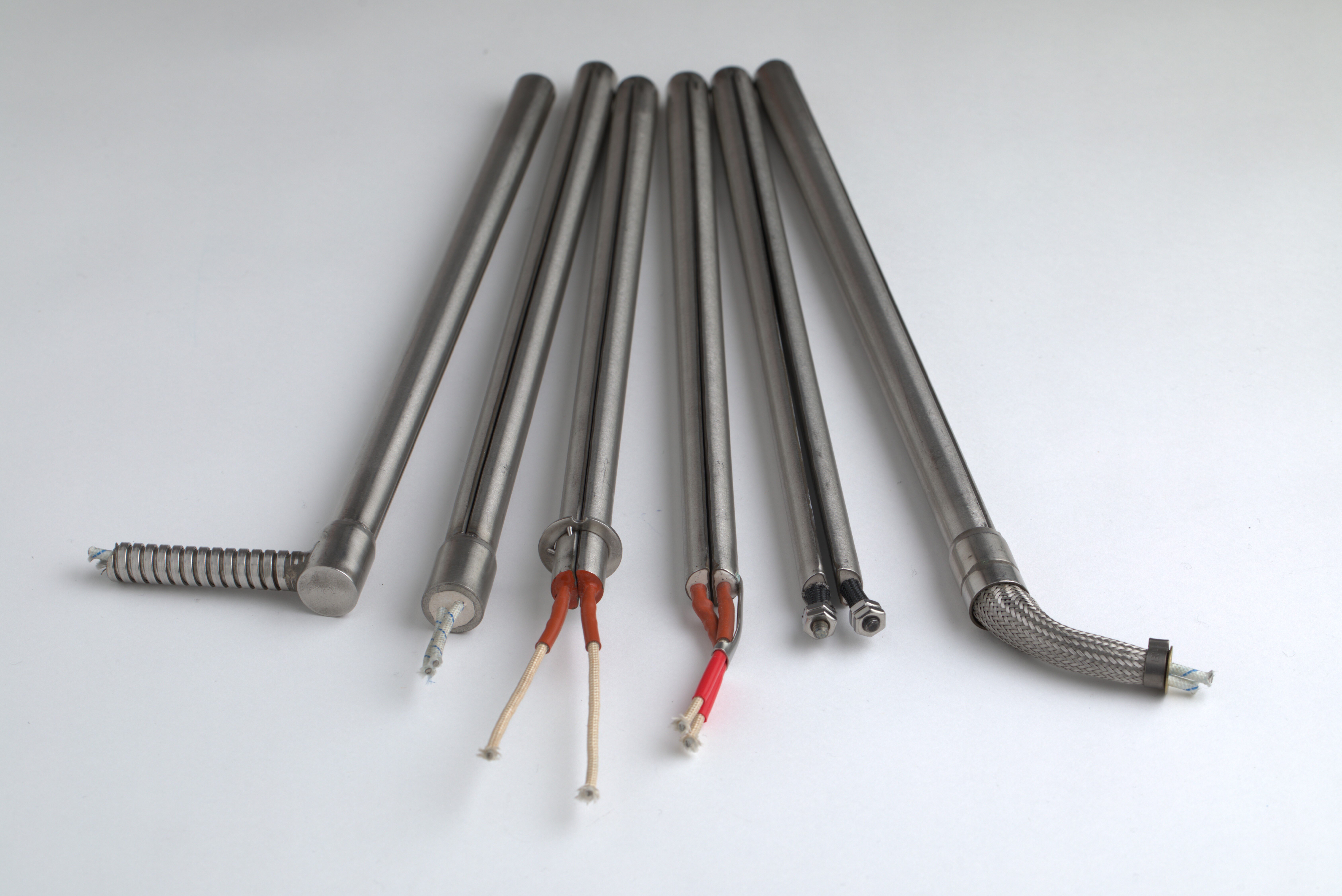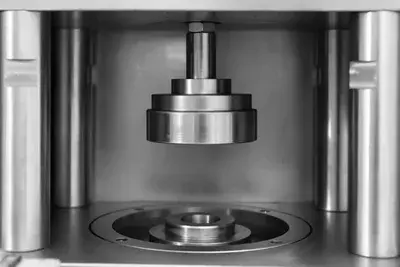Seamless Integration: How Split Sheath Cartridge Heaters Work with Your Existing Control Systems
Within industrial manufacturing, innovation often brings concerns about compatibility. Engineers rightly want to know: Will this new solution fit into our existing ecosystem? Will it require changes to control systems, or disrupt finely tuned processes?
When it comes to Dalton Electric’s Watt-Flex® split sheath cartridge heater, the answer is reassuring: Yes, it’s new—and yes, it integrates seamlessly. Let’s explore how this heater design works with your existing temperature controllers, sensors, and equipment.
What Is the Split Sheath Difference?
The Watt-Flex® cartridge heater expands radially when energized, ensuring full-surface contact with the bore wall. This results in dramatically improved heat transfer efficiency, faster warm-up times, and uniform temperature distribution. But while the heater body is revolutionary, its electrical and control interface remains familiar and compatible.
No New Control Logic Needed
Split sheath cartridge heaters operate on the same electrical principles and input requirements as conventional cartridge heaters:
- Standard Voltage Ranges: 120V, 240V, 480V—whatever your system uses.
- Standard Wattage Ratings: Customizable to match your process demands.
- Two-wire or Three-wire Configuration: Compatible with most industrial wiring setups.
This means no rewiring, no retraining, and no need to reprogram your PID or PLC-based control systems.
Compatibility with Temperature Controllers
Whether you're running:
- Basic analog thermostats,
- DIN rail-mounted digital PID controllers,
- Fully integrated PLC temperature control loops,
…the Watt-Flex heater simply drops in.
There are no special drivers, firmware, or new software protocols needed. It responds to the same control signals and behaves like a conventional resistive heating element—but with superior efficiency.
Sensor Integration (Thermocouples and RTDs)
Watt-Flex heaters can be paired with all standard industrial temperature sensors, including:
- Type J or K Thermocouples
- PT100 RTDs
- Thermistors
The sensor placement remains unchanged—often embedded in the mold, platen, or tooling block—just as you’ve done with traditional heaters.
In fact, with the improved thermal uniformity of the split sheath design, you may even notice that your sensors report more stable temperatures, reducing overshoot and enhancing control loop performance.
No Special Controllers Required
Because the heater’s unique mechanical expansion is thermally triggered, not electronically controlled, you do not need a proprietary controller to use it. That means no licensing fees, no service contracts, and no vendor lock-in.
Bonus: Better Controller Performance
Thanks to its superior heat transfer and reduced thermal lag, the split sheath heater often allows tighter control bands. This reduces temperature swings, minimizes overshoot, and lowers cycle times—all while using the exact same controller logic you already have in place.
The Bottom Line
If you're considering upgrading to Watt-Flex® split sheath cartridge heaters, you won't need to change your temperature controllers, sensors, or wiring infrastructure. They fit directly into your process—physically and electrically—making them one of the simplest, highest-impact upgrades you can make to your heating system.
Whether you're running extrusion dies, molds, platens, or any precision heating application, split sheath technology offers superior performance without disrupting your control architecture.

